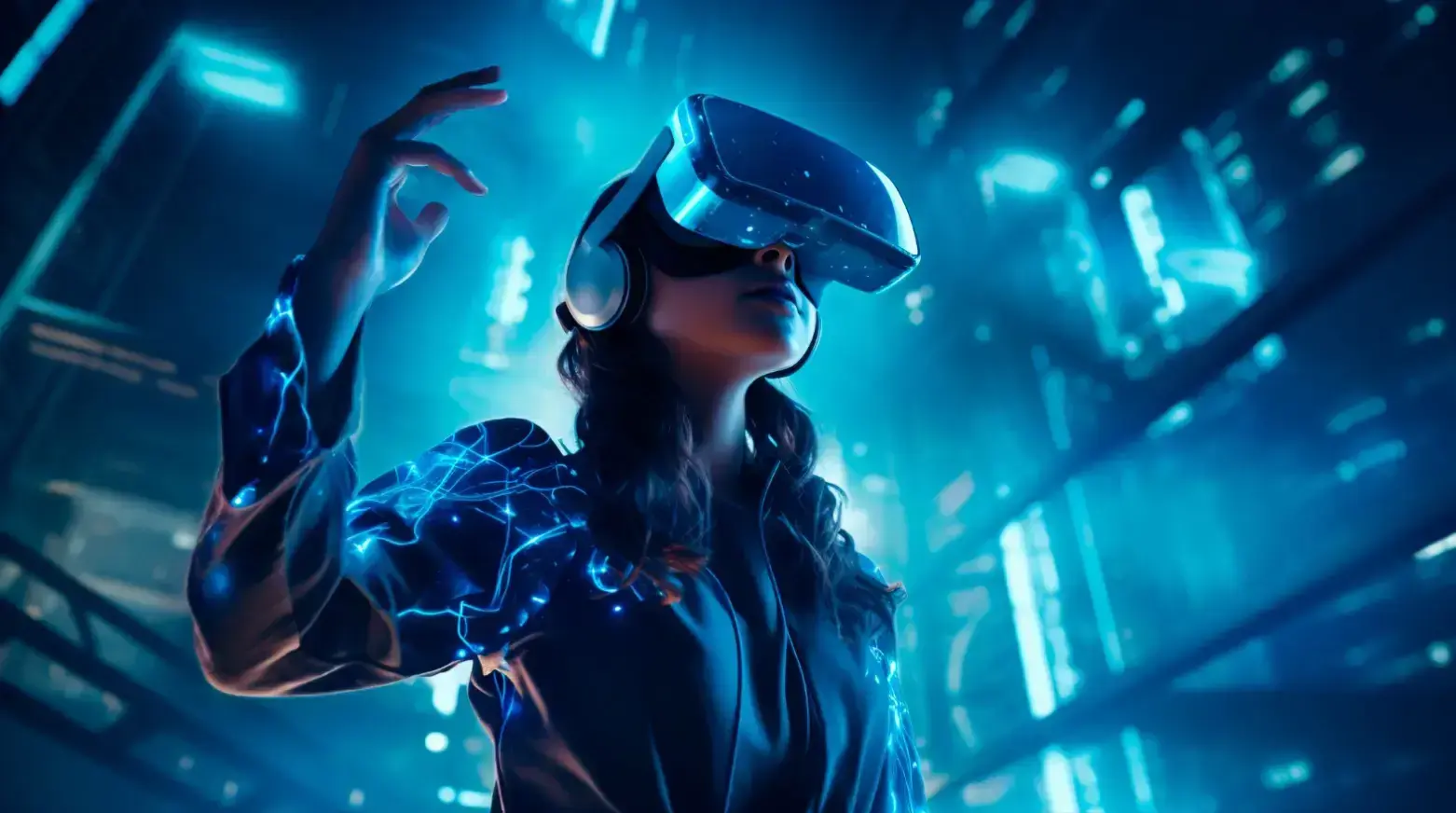Augmented reality (AR) and map APIs revolutionize how users interact with websites and apps. As of the tail-end of 2023, about 37 percent of respondents aged 18 to 29 in the United States stated they used their phones for maps/GPS navigation.
Looking at the latest numbers, it's clear that our mobile devices have become navigation powerhouses. The real trick now lies in using map APIs to craft user experiences that are both visually stunning and wonderfully intuitive.
With augmented reality pushing the boundaries, navigation is in for a dramatic makeover. Digital insights cleverly woven into real-world landscapes produce an experience that's delightfully intuitive and ridiculously engaging.
This guide will explore how app developers and web designers can effectively utilize the power of AR combined with map APIs to enhance user engagement and functionality.
Understanding Augmented Reality and Map APIs
Augmented reality seamlessly blends digital elements with our physical surroundings, offering an enriched view that enhances user interaction. Without map APIs, our favorite location-based services wouldn't function. They supply the crucial data that lets us know where we are and how to get where we need to go.
By combining forces, these technologies help developers craft applications that give users easier access to information and sensations that feel almost lifelike.
-
Augmented reality basics
Imagine having digitized details and interactive fun seamlessly integrated into your real-life surroundings — that's the power of augmented reality.
Across multiple platforms (gaming, navigation, and education), AR adds a crucial layer of interactivity, creating experiences that truly envelop users.
For AR to come alive, you need a potent combination of a camera, sensors, and specialized software that drives the whole operation.
-
How Map APIs work
Map APIs provide developers with the tools to incorporate location-based services into applications. They offer geocoding, routing, real-time traffic data, and more features.
For instance, the snap-to-roads API enhances the accuracy of location-based features, making it ideal for AR applications that depend on precise positioning.
Benefits of Integrating AR With Map APIs

Source: Unsplash
Bring augmented reality into the mix with map APIs, and you'll supercharge your user experience with real-time info synchronized with the physical environment.
With this integration, the guesswork is gone, and you're left with a more organic way of moving through your environment. Plus, you'll pick up on subtleties you never noticed before.
About 200 million mobile devices report location data to smartphone apps, with some tracking a user's location as many as 14,000 times in a single day.
With this data cache at their fingertips, developers can develop apps that sync seamlessly with users' habits and responses, producing an impressively accurate, blow-by-blow portrait of their digital lives.
Users who get relevant information at the right time are naturally more engaged and satisfied, which leads to a massive improvement in their overall experience.
-
Enhanced accuracy and precision
Combining map APIs with AR lets developers pinpoint exact locations so their digital creations line up flawlessly with the physical environment.
Precision is non-negotiable when crafting truly exceptional user experiences—it's the difference between users smiling and scowling.
The snap-to-roads API specifically boosts the accuracy of location-based features, ensuring AR applications function smoothly.
-
Increased user engagement
The combination of AR and map APIs can craft highly engaging user experiences.
Within AR apps, clever interactive bits grab the spotlight, and clever location-specific touches serve customized content that fits our needs.
Challenges of Integrating AR With Map APIs

Source: Freepik
Integrating AR with map APIs introduces several challenges that developers must navigate.
-
Technical difficulties
Developers may face technical challenges when integrating AR with map APIs. Two major roadblocks in tech development are getting different systems to play nice and figuring out how to pay the bill.
-
Data accuracy and privacy
It is crucial to maintain data accuracy while managing user privacy. Crafting effective AR experiences demands accurate location data, but builders must keep user privacy at the forefront when collecting and using that data.
Maximizing the Potential of AR and Map APIs
Integrating augmented reality (AR) with map APIs offers innovative possibilities but also presents a set of challenges that developers must navigate carefully.
-
Best practices for integration
Successful integration of AR and map APIs requires thorough research and planning.
To guarantee precision, couple the snap-to-roads API with proactive performance tuning. It will help you identify and resolve problems before they arise.
-
Leveraging the right tools and technologies
Choosing the appropriate tools and technologies is critical for successful integration.
Two essential pieces come together seamlessly: data-rich map APIs provide the factual foundation, and innovative AR shines with lifelike interactions that stun. These tools empower developers to break free from technical constraints and craft solutions that thrill users.
Future Trends in AR and Map APIs

Source: Freepik
The future of augmented reality (AR) and map APIs is set to be shaped by exciting advancements and innovations.
-
AI and machine learning in AR
AI and machine learning are transforming AR applications by enhancing accuracy and interactivity. These technologies can offer more personalized user experiences and improve application performance.
-
Advances in map API technologies
Emerging map API technologies are improving data accuracy and functionality. New features promise more precise location data, as seen with the snap-to-roads API, which supports cutting-edge AR applications.
Embracing the Future of User Experiences
Integrating AR and map APIs reshapes user experiences, offering endless possibilities for innovation. By leveraging these technologies, businesses can create more engaging and competitive platforms.
The future is bright for those ready to explore the full potential of AR and map APIs to create memorable user journeys.


